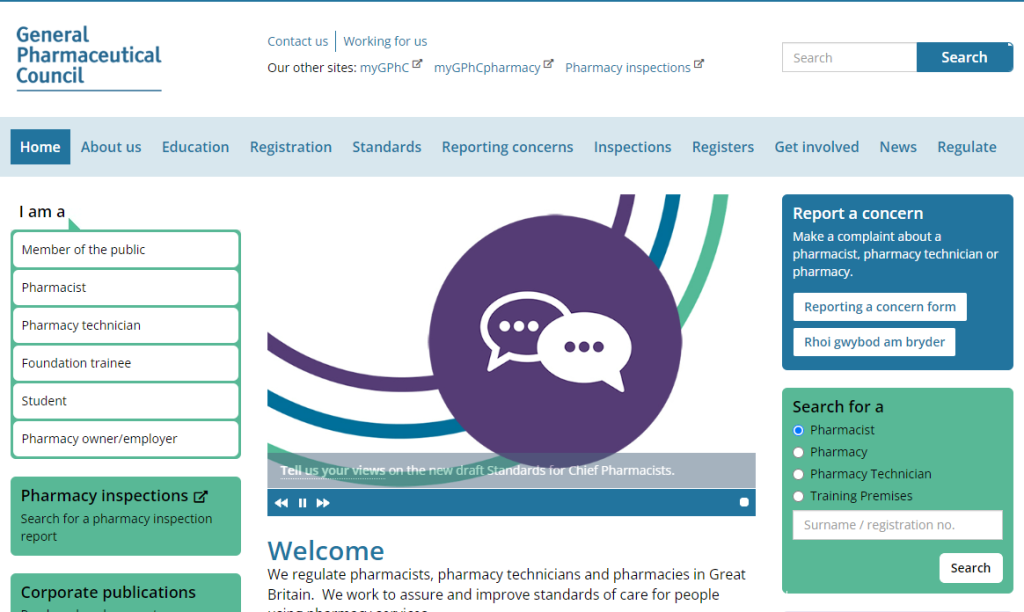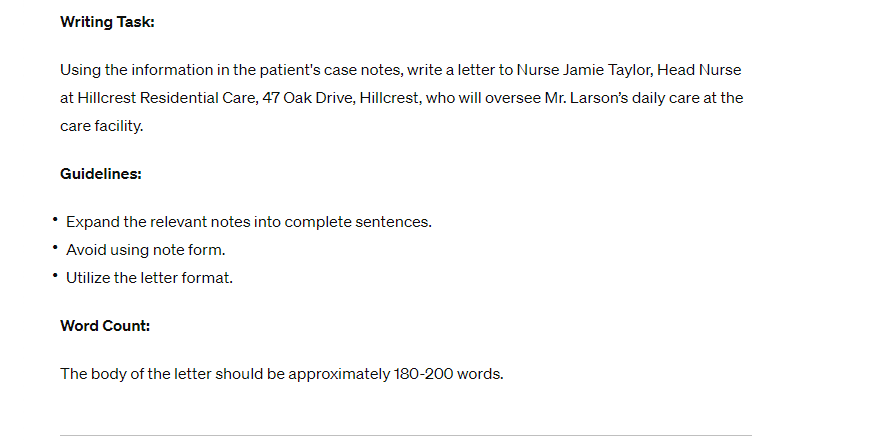Achieving a B grade in the OET Listening section can be challenging but is entirely within reach with the right strategy and focused preparation. In this comprehensive guide, we dive deep into effective ways to prepare, improve listening skills, and elevate your grade from a C+ to a B. Let’s break it down.
Why Early Preparation is a Game-Changer
Starting your preparation early is vital. It allows you the time to dissect your performance, identify your weak areas, and build up your skills gradually. Given that OET exam slots can get booked well in advance, planning is crucial. Check out the official OET exam dates for 2023 to strategically plan your study regimen.
Detailed Practice Strategies
Quantity and Quality
Aim for at least two focused listening exercises each day, preferably from various medical contexts to broaden your understanding. Gradually ramp up the number and complexity as the exam date approaches.
Thematic Focus
Each week, choose a specific medical theme such as cardiology or patient history. Focus your listening exercises around these themes. This strategy enhances both your vocabulary and contextual understanding.
Timed Sessions
As the test day approaches, start doing timed sessions. Aim for at least one timed practice session every two days.
Leverage Technology
Use apps and tools that can help you playback sections, slow down or speed up the audio, and offer transcriptions. This way, you can analyze your performance effectively.
For a complete guide on how to strategically approach OET listening, don’t miss the OET Listening: Beginners Guide to OET Listening.
Now Let’s Practice OET Reading Part A Exercise With Answer Key Here
Fine-Tuning Your Listening Skills
The 3-Step Listening Approach
- Preview: Before listening, preview the questions to know what to look for.
- Listen and Note: While listening, jot down key points in shorthand.
- Review: After listening, refer to your notes and finalize your answers.
Active Listening Over Passive Listening
Don’t just hear; listen. Engage with the material mentally. Question what you’re hearing. What is the main idea? What does the speaker aim to convey?
Adaptive Listening
Develop the ability to adapt your listening based on the question type. For example, for multiple-choice questions, focus on eliminating wrong answers quickly.
Improving Writing Speed and Concentration
Writing Drills
Practice writing quickly and legibly. You’ll often need to write while listening, so efficient writing can save precious seconds.
Mindfulness Exercises
Mindfulness techniques can help improve your concentration levels. A focused mind absorbs information more effectively. Try short meditation sessions to help focus your mind.
Tips and Tricks
- Elimination Method: In MCQs, quickly rule out the obviously incorrect options.
- Predictive Listening: Based on the question, predict what the likely answer or key points might be. This prepares your mind to latch onto those parts of the audio clip.
- Context Clues: Pay attention to the speaker’s tone and any stress on particular words, as these can be valuable clues.
Post-Listening Tactics
- Quick Review: Immediately after the audio stops, quickly review your notes and answers.
- Double-Check: Ensure every question has an answer and that you haven’t made any silly errors or omissions.
Wrapping Up
From choosing the right materials for focused practice to incorporating smart tips and tricks, a well-rounded approach can make a world of difference in your OET Listening grade. Remember, a B grade is not out of reach; it just requires dedicated preparation, the right strategy, and focused execution. With this comprehensive guide and continuous practice, you’re well on your way to achieving your desired score.









Leave a Reply